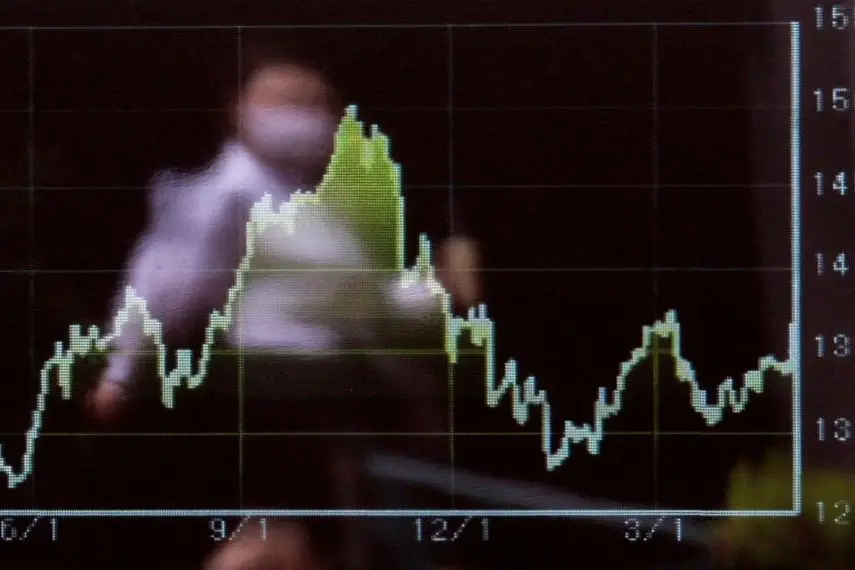PHOTO
FILE PHOTO: A passerby is reflected on an electric monitor displaying the graph of recent moments of the Japanese yen exchange rate against the U.S. dollar outside a brokerage in Tokyo, Japan May 2, 2023. REUTERS/Issei Kato/File Photo
Interest rate cuts will have a negative impact on GCC banks, with the UAE banks likely to be the most affected due to interest-earning assets (IEAs) repricing faster than interest-bearing liabilities, according to a new report by Fitch Ratings.
While most GCC banks are likely to see their earnings negatively impacted from the interest rate cuts between Q4 2024 until 2026, Saudi Arabian banks are likely to be less hard-hit due to their higher proportion of fixed-rate financing.
Saudi banks will also benefit from a lower reliance on current and savings account deposits (53.3% of customer deposits at end H1 2024; 61.2% at end-2019) and greater exposure to fixed-rate long-duration mortgages (23.3% of total financing at end H1 2024; 12.8% at end-2019).
Repricing gap
According to Fitch, most GCC banks are geared to rising rates, with assets repricing faster than liabilities and a high proportion of low-cost current and savings account deposits.
“We estimate that the short-term positive repricing gap for GCC banks (excluding Kuwaiti banks) represented 6.6% of total assets at end-2023, with about 60% of IEA repricing within 12 months. This has underpinned the strong recovery in banking performance since rates started rising in 2022,” Fitch says.
“However, earnings will be negatively affected as the rate cycle turns.”
The ratings agency expects the US Federal reserve to cut US interest rates by a further cumulative 200 basis points (bp) by June 2026, and most GCC central banks are likely to follow with similar cuts due to exchange-rate pegs.
Fitch’s review of 46 GCC banks suggests that average net interest margin (NIM) sensitivity to a 100bp rate cut would be greatest in Kuwait, followed by the UAE, Qatar and Oman.
Kuwaiti banks may see a reprieve following central bank action that may reduce the negative impact on NIMs and the reduction in rates is likely to be lower than in other GCC countries due to the country’s basket peg.
In Bahrain, the overall impact on NIMs will be contained, but is more variable due to high disparities in banks’ business models, Fitch said, while Omani and Qatari banking sectors will be mitigated by negative net repricing gaps at some banks.
“We estimate that a 100bp rate cut would erode average NIMs by 28bp for Kuwaiti banks, 17bp for UAE banks and 7bp for Qatari and Omani banks. This is purely based on banks’ sensitivity analyses and does not incorporate management actions (such as hedging) or regulatory actions to mitigate the impact of lower rates,” the report adds.
(Writing by Bindu Rai, editing by Brinda Darasha)





















